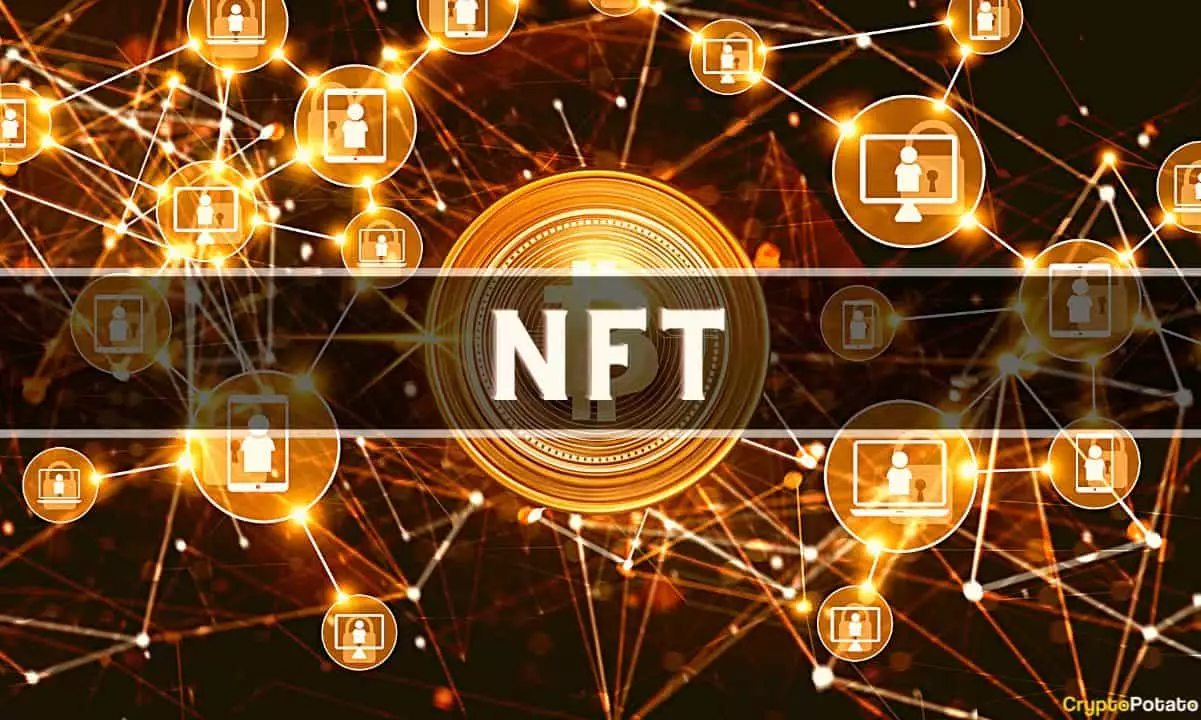Ordinals developers are revolutionizing the way blockchain bloat caused by Bitcoin NFTs is managed, potentially slashing creation costs by 90%. The latest development in this field is BRC69, a groundbreaking standard proposed by Ordinals launchpad platform Luminex. The aim of BRC69 is to optimize the costs associated with inscribing on Bitcoin using the Ordinals protocol.
According to Luminex’s GitHub proposal, BRC69 not only reduces inscription costs, but it also unlocks new on-chain features. One such feature is the ability to conduct pre-reveal collection launching and on-chain reveals. This means that NFT collections can utilize fully on-chain resources to unveil their NFTs, covering the entire process from pre-reveal to the final reveal of the image and its relevant traits. The beauty of this new standard is that it automatically and seamlessly renders images on the Ordinals explorer without requiring any additional action from the user.
The BRC69 standard employs a 4-step process. First, users inscribe images of their NFT traits on-chain, followed by the deployment of the collection. Next, the collection is compiled, and finally, the assets are minted. This streamlined process significantly reduces the complexity and cost associated with creating NFTs on the Bitcoin blockchain.
Recursive Inscriptions and the Importance of BRC69
BRC69 builds upon the concept of recursive inscriptions, a method introduced by Ordinals developers in June. Recursive inscriptions help circumvent Bitcoin’s 4MB block size limit. Instead of individually minting thousands of JPEG files onto the blockchain, users can reference content within existing inscriptions of the same collection. This content can then be rendered later using minimal amounts of code.
Luminex emphasizes the necessity of a recursive Ordinals standard as the popularity of Ordinals continues to grow and Bitcoin block space becomes increasingly scarce and costly. Since its introduction in February, nearly 15 million Ordinals inscriptions have been made on Bitcoin, according to data from Dune Analytics.
Despite its potential benefits, Ordinals has faced significant skepticism from some Bitcoiners who argue that the protocol is essentially a bug that enables “spam” on the blockchain. This skepticism intensified in early May after the rise of the BRC-20 standard, an Ordinals-based system for launching fungible tokens and NFTs on Bitcoin. The surge in meme coins associated with this standard temporarily drove the average Bitcoin transaction fee to over $30, raising concerns about the long-term affordability and sustainability of Bitcoin as a payments network.
Solutions like BRC69 address these concerns by reducing blockchain bloat and lowering fees for miners. However, this could potentially impact the long-term security of Bitcoin, as miners play a crucial role in maintaining the network’s stability. Although transaction fees have returned to normal levels for now, they could surge again if another NFT hype wave chooses Bitcoin as its platform. In fact, according to Crypto Slam data, Bitcoin has already become the second most popular blockchain for trading NFTs.
The introduction of the BRC69 standard by Ordinals developers represents a significant step forward in reducing blockchain bloat caused by Bitcoin NFTs. By optimizing inscription costs and unlocking new on-chain features, BRC69 offers a streamlined and cost-effective solution for NFT creation. However, the long-term implications on Bitcoin’s security and affordability remain to be seen as the popularity of Ordinals and NFTs continues to grow.

